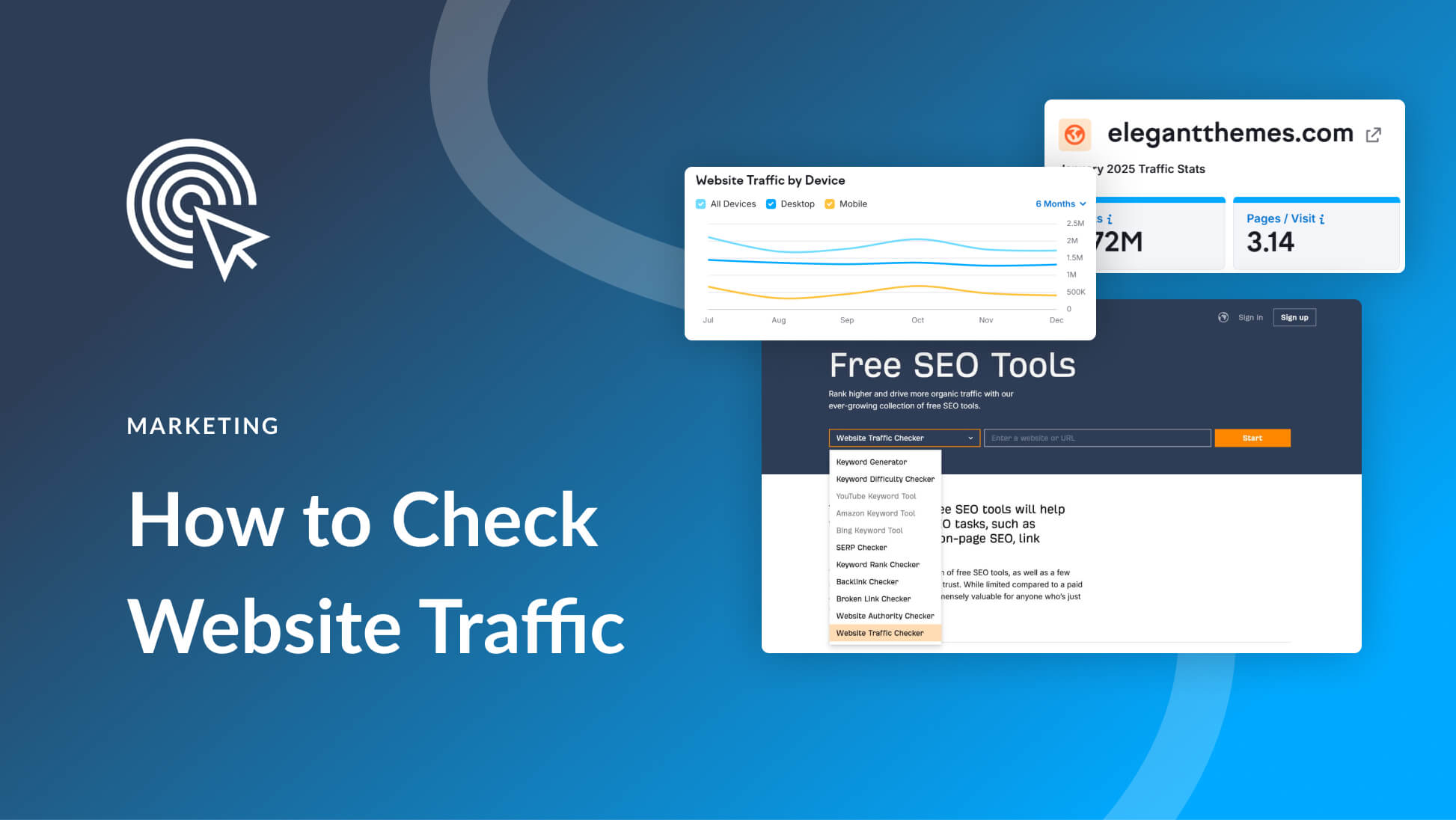If you’ve spent any amount of time in the digital marketing world, you’ve likely heard copywriting vs. content writing mentioned more than once. While the terms are both defined as forms of marketing communication, they’re fundamentally different and serve unique purposes. In the overarching scheme of your marketing strategy, you can’t afford to leave out either form of writing.
Copywriting and content writing aren’t interchangeable. Instead, they’re complimentary. You need both for your business to thrive online. Each writing style has a specific job to do for your business, so let’s jump in to break it all down.
What is Copywriting vs. Content Writing?
In a nutshell, copywriting is a sales tool for your business, while content writing is an educational tool. While sales and education aren’t mutually exclusive, this is a general baseline for what each form of writing is meant to do for you. Copywriting vs. content writing function in different ways to introduce leads to your brand and move them through your sales funnel.
I like to think of it this way:
- Copywriting prompts your loyal followers to take an action now
- Content writing helps them gather information, learn, and build trust in your brand so they confidently can take action later
Content writing and copywriting function together in a loop, of sorts. Your content drives leads on a sales page (which contains copy), for example. In addition, your copywriting may drive visitors to get more information via your content before they buy.
Copywriting Drives Sales And Conversions
The copywriting you incorporate into your marketing strategy is meant to drive sales and conversions. You might leverage sales copy to get leads to sign up for your email list in exchange for a free download or a coupon code. Alternatively, you might want someone to click a link to buy your product.
Sales copy is meant to persuade and to evoke emotion so your leads will act on the trust they’ve built in your brand. Copywriting vs. content writing makes the difference between a user who stops by your blog, reads ten entries, and moves on–and a user who clicks on your opt-in or product page from a link they found in that blog.
What Qualifies As Copywriting?
Copywriting is present in many formats. Essentially, copywriting is advertising or sales copy that asks followers to do something specific–and usually immediate. Any time you’re presented with a call to action (CTA, such as an opportunity to click an Order Now or Sign Up button), you’re looking at a piece of copywriting.
You’ll find sales copy in varying lengths, both short- and long-form. It’s present in written content, audio, and video. We can primarily find examples of copywriting in the following formats:
- Sales pages
- Product pages
- Online and print ads
- Recorded ads and sales pitches (video and audio)
- Direct mail letters and materials
- Landing pages (lead capture)
- Sales-driven emails and letters
- Social media posts with a sales CTA
Copywriting is infused with a sense of urgency and scarcity. It reads as though your followers need to click the CTA now to experience the benefit of the product or service in question. You’ll use tools such as landing page plugins and lead generation plugins to help capture more leads in addition to your copy.
But, your followers may not yet be ready to commit to a purchase or an opt-in. If that’s the case, then you’ll need to leverage content writing to educate them so they can make that decision later.
The Purpose of Content Writing
While copywriting demands action, often within a limited time frame, content writing is content to build on itself over time. There’s no need to rush your followers into a purchase or a conversion with content writing. Instead, you’re nurturing them so they’ll feel confident in their decision when they finally do follow through on a piece of your copywriting.
The content writing in your digital marketing strategy should serve to inform and educate your audience. It should also build their trust so that, once they better understand your offer, they’ll be ready to click on that CTA when they see it again. When you incorporate content writing into your marketing strategy, you’re playing a long game. In this case, you’re building useful information your followers can read in order to help them decide whether they want to eventually make a purchase.
Content writing is also search engine optimization (SEO)-focused. While many marketers believe SEO should be a fast-acting strategy to get their site ranking on search engines, it’s much more complex than that. More than optimizing an article with the right keywords, SEO is about the long game. Over time, properly optimized content will grow your brand–but you’ll need to be patient.
What Qualifies As Content Writing?
Copywriting vs. content writing means you’re positioning yourself for different results. With content writing, you’re at peace with letting your followers gather information. That’s because to educate themselves, sometimes followers spend weeks or months encountering one piece of your content writing after another before they take further action.
Before a customer can truly throw their trust and money into your product or service, they’ll seek out your content to learn about you. Content writing usually appears in:
- Blog posts
- Website copy
- Podcast episodes
- Vlogs
- Email newsletters
- News and feature articles (news outlets and magazines)
- Press releases
- Physical and electronic books
- Case studies and white papers
- Social media posts that drive readers to consume content, rather than sales
When Do Copywriting Vs. Content Writing Crossover?
Copywriting vs. content writing means you’ll see a lot of crossover content. The lines can easily be blurred between sales-driven copy and content. Sometimes, a piece of long-form content writing shifts into sales copy by the end, once the reader has been acquainted with the concept at hand. Other times, your sales copy contains necessary education in order to drive your leads to the next step.
Any digital sales campaign that ends in a call to action contains elements of both content writing and copywriting. You might include crossover copywriting vs. content writing in your:
- Email sequences
- Blog posts
- Long-form sales pages
- Social media copy
- Vlogs and podcasts
Blending copywriting vs. content writing is an art, but it can be done effectively. While you shouldn’t overuse this tactic, it’s a one-two punch when leveraged correctly.
Wrapping Up
Copywriting vs. content writing is an important distinction every marketer and business owner should understand. Whether you’re writing your own copy or planning to hire a writer, understanding the nuances between the two writing styles is essential. Hiring writers with specific expertise in copywriting vs. content writing can make the difference between slow growth and an effective online brand.
Do you incorporate both content writing and copywriting into your digital marketing strategy? What are your favorite ways to leverage each? Leave a comment below to share your thoughts.
Featured image via Thepanyo / shutterstock.com









That’s right! Copywriting and Content writing have to go together. For me, both are valuable and beneficial in their own ways. But lots of site owners are making mistakes by hiring unqualified content writers who only feed rewritten content. Yes, that keeps the site live but with a high bouncing rate
I really appreciate this extremely helpful article! Now, it’s much easier to understand the differences between these two. It’s a choice whether to go with Content Writing or Copywriting. Content writing is my preferred choice because it allows me to present info, education, and communication.
I have always found that content writing is what keeps people coming back to your blog or website. You have blessed me with many more things to consider. I really appreciated this article. I agree with all that you are saying. If you don’t have a good landing page, and a great social media prescience, you may be lacking in one of the largest areas of self promotion.
As a retired technical writer, fiction author, and poet, 99% of what I write is “content writing.” I’ve written ad copy and marketing blurbs, but it’s not my happy place. I’d rather focus on content; it’s too easy to get distracted by the perceived or actual need to write copy. And I sincerely hope anyone reading this doesn’t need a primer on the difference between copywriting and copyright.